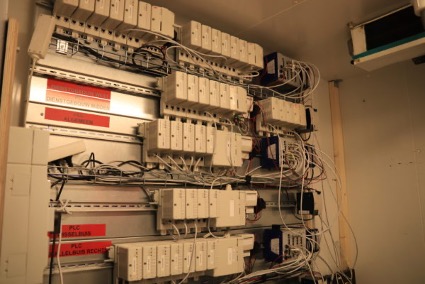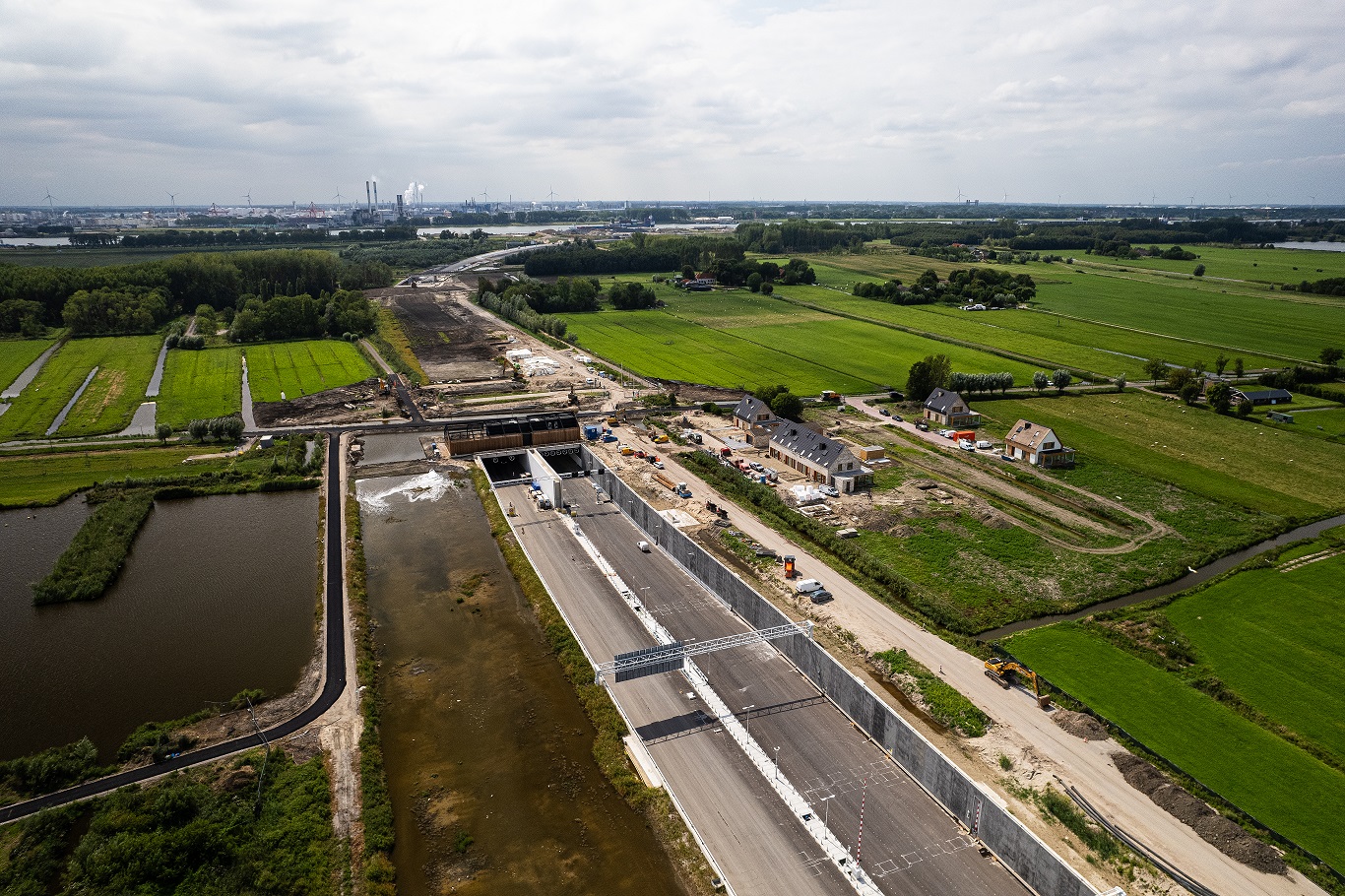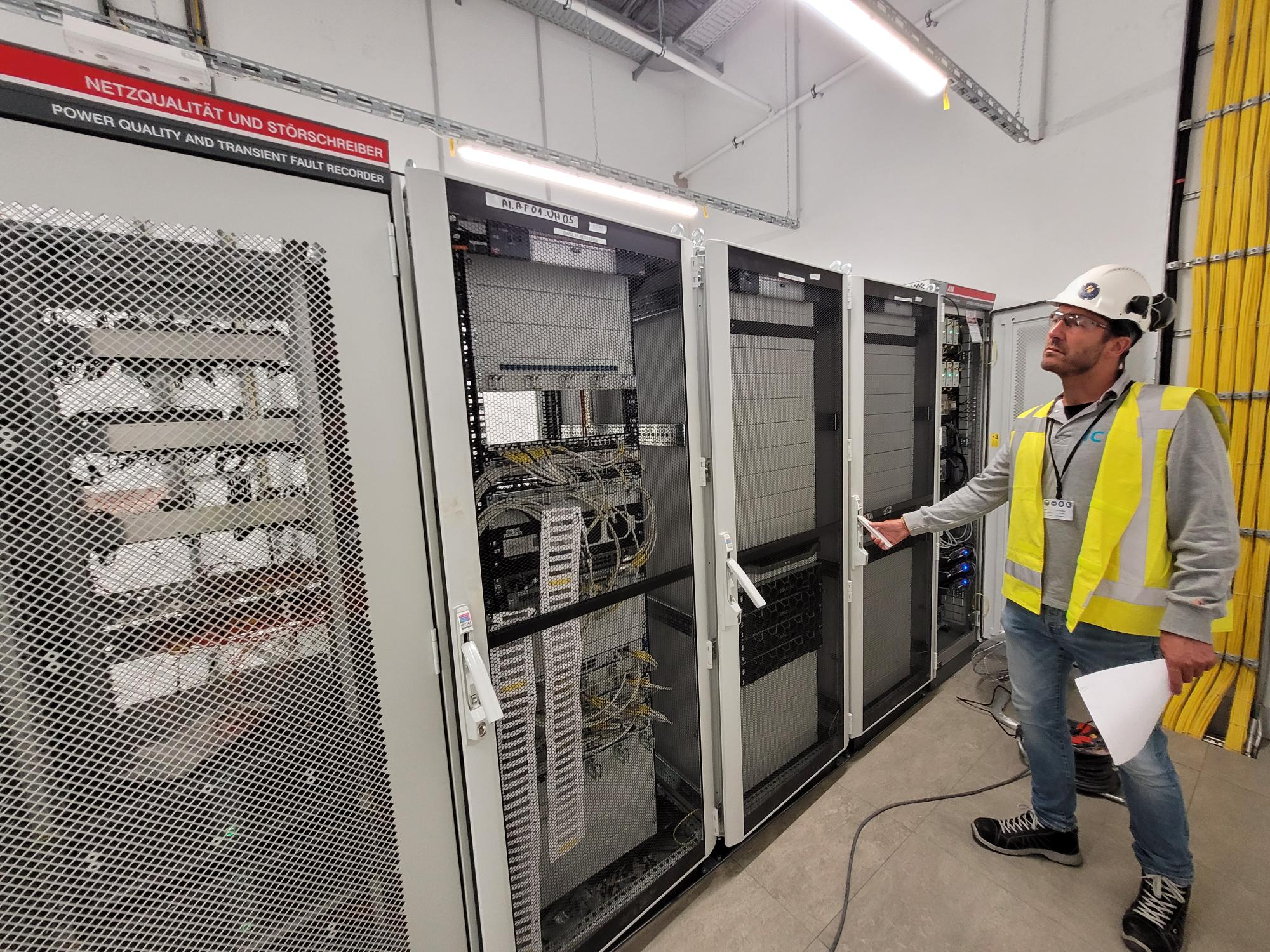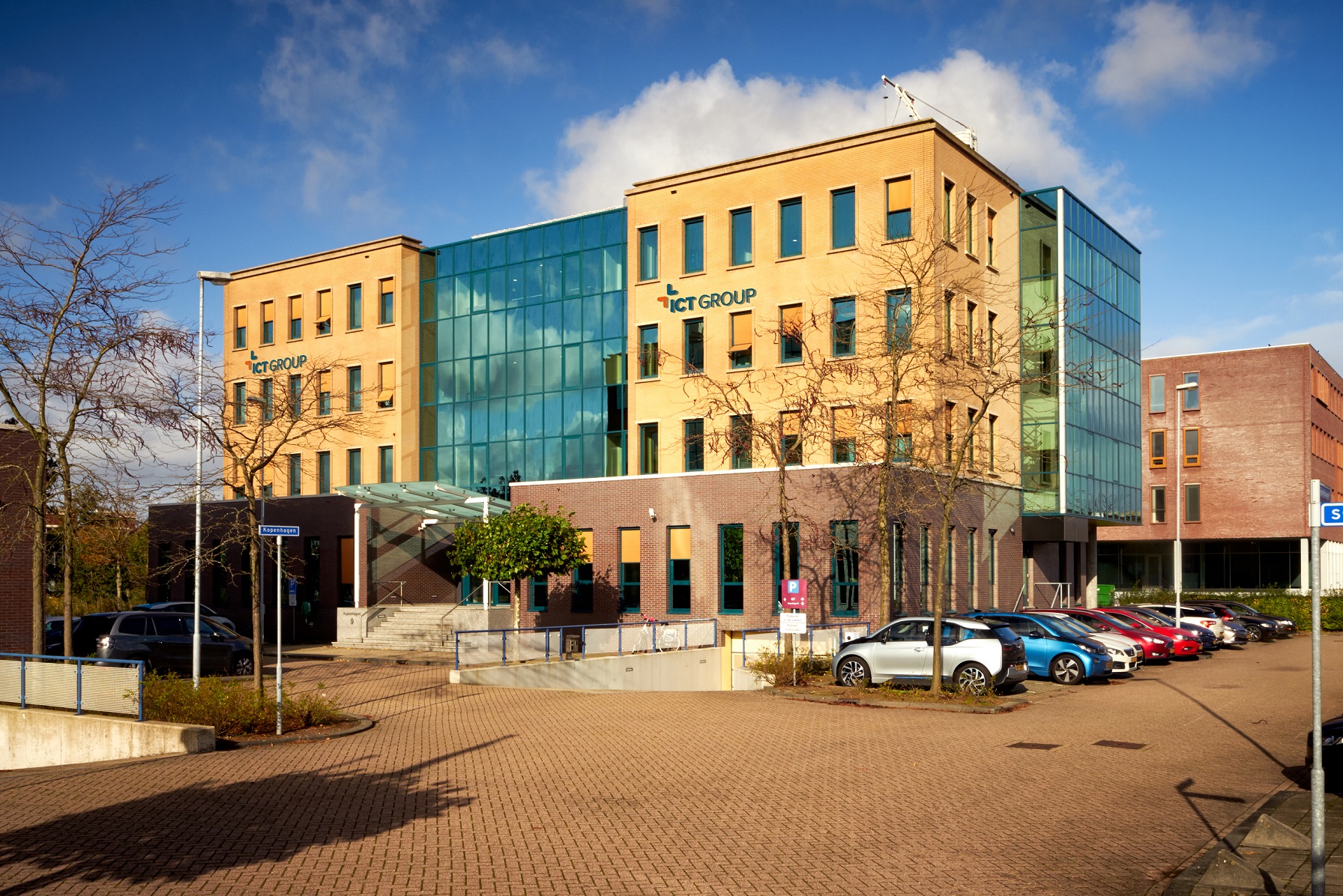
It is expected that the first cars will be driving through the Gaasperdammertunnel in 2020. The tunnel is located under part of the current A9 Gaasperdammerweg, has a length of three kilometres. The tunnel will increase the traffic capacity for road users, but it will also improve the quality of life for local residents. ICT Group supplies part of the software for the tunnel technical installations and participates in the testing of the systems.
Five adjacent tunnel tubes, with a length of 3,090 meters each, make the Gaasperdammertunnel into one of the widest tunnels in The Netherlands. In 2020, the tunnel tubes with the main and parallel carriageways will be opened for traffic. If the subsequent project – the extension of the A9 between Badhoevedorp and Holendrecht – is completed, the reversible lane will also be taken into use. The tunnel ensures substantial improvement to the air quality in the residential areas next to the tunnel. On the tunnel’s roof a large park will be realised that connects the various neighbourhoods in Amsterdam-Zuidoost while offering ample space for recreation
Complex
Constructing a tunnel involves a lot more than merely installing tubes and laying asphalt. Customer requirements, design considerations and the stringent safety requirements as defined in the National Tunnel Standard (LTR, version 1.2+) make this into a complex project, during the construction phase as well as during the operational use of the tunnel. The communication between the various technical installations of the tunnel and traffic must be guaranteed to function at all times and in every possible situation: during ordinary traffic, in maintenance mode, during calamities and when the tunnel needs to be evacuated.
“The technologies that are being interconnected by us ensure that the road users are safe and self-reliant at all times.”
Scenario-thinking
IXAS, the contractor combination that builds the tunnel on behalf of Rijkswaterstaat, scrutinises all possible scenarios right down to the finest detail. From daily scenarios (e.g. drainage of rain water or air ventilation during traffic jams) to extreme scenarios (e.g. chain collisions or fire). Whatever happens in the tunnel has a much larger effect that goes well beyond the tunnel. The surrounding road network will also suffer the consequences. This is why all these systems need to be interconnected with the tunnel systems, including the systems used by safety departments and traffic controllers who monitor and manage the traffic in the surrounding area.
Extensive testing
Safety first, and before everything else. That means testing, testing and once again, testing for IXAS. ICT Group provides the personnel for these test phases. Only when all the testing phases have been conducted – demonstrably – and all requirements have been met, will the first road users be able to drive through the tunnel.
FAT phase
The FAT-phase is the first phase and involves separate tests of the hardware and software (control systems) of the technical installations of the tunnel and traffic. Are they functioning properly? Do they meet the requirements as defined?
IBS phase
The realisation phase consists of installing the technical products of the tunnel and traffic, interconnecting them and commissioning the systems. During this phase, the system is put under pressure, and extensive checks are performed to ascertain that the systems meet the requirements.
SAT phase
After the commissioning phase has been completed, new tests are performed. Is everything still functioning properly in the new situation? Are the signals arriving in the way they should?
iSAT phase
Can the systems communicate with one another in an integral manner? The iSat phase consists of tests that check whether the system has been designed correctly, whether it has been programmed in accordance with the design, and whether the system’s actions are in line with what was expected. So in case of a fire: is the tunnel closed for approaching traffic, is the air ventilation activated and are the traffic users receiving instructions with regard to what they should do?
SIT phase
The last phase consists of testing the technical system in combination with the business processes of the traffic controllers.



